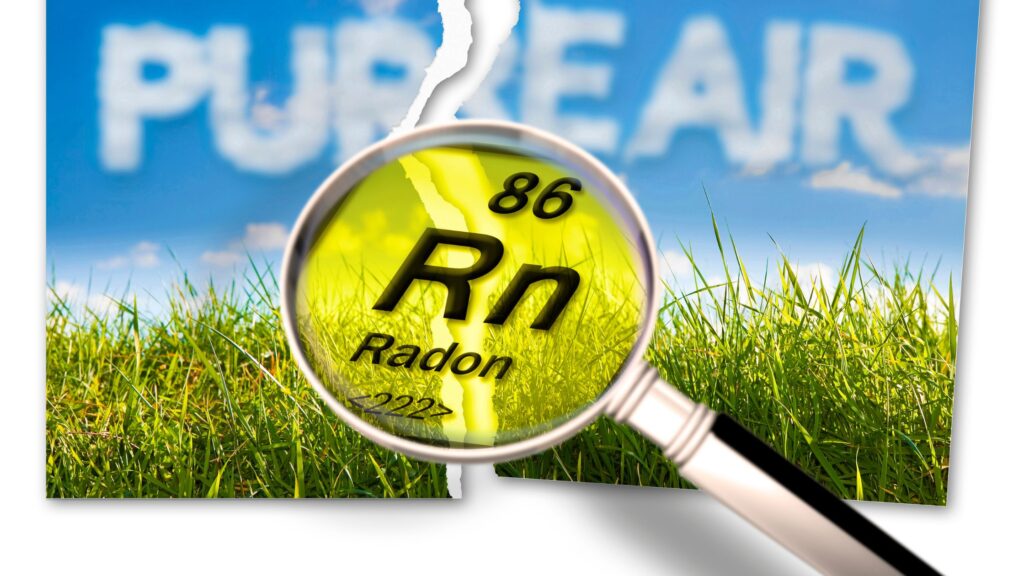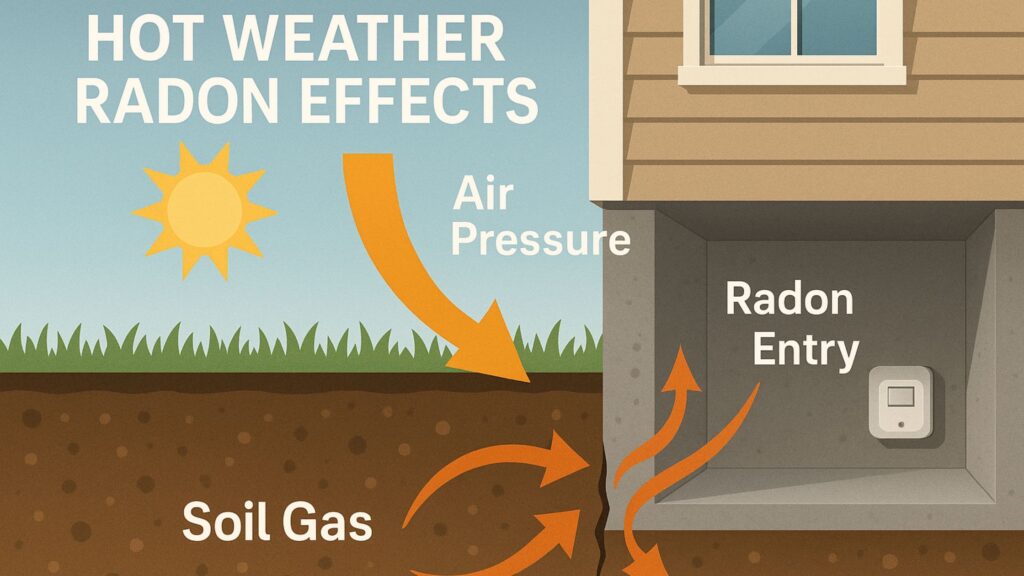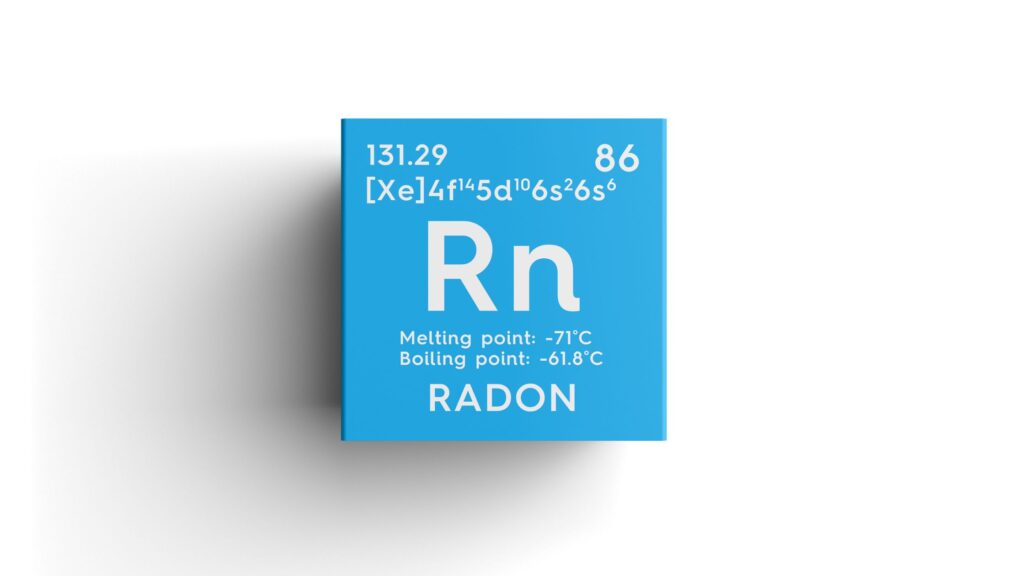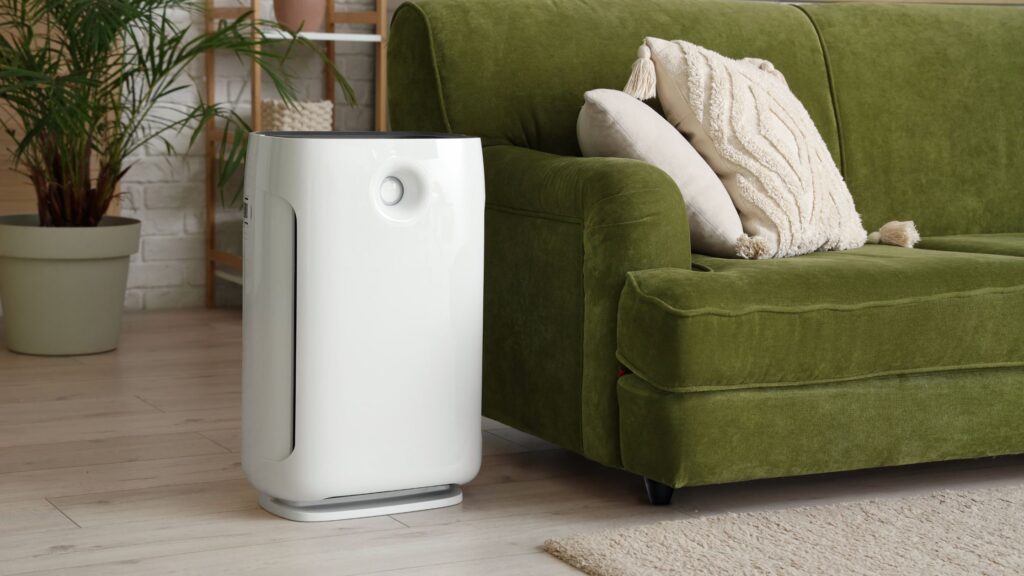Radon, a naturally occurring radioactive gas, poses a serious and often unseen threat to countless homes across the globe. As it emanates from the earth’s crust, it silently infiltrates indoor environments, becoming the leading cause of lung cancer among non-smokers. Recognizing this hidden danger, homeowners increasingly seek the best radon mitigation systems to protect their families. This article provides a comprehensive guide to understanding what makes a mitigation system superior, how it functions, and why professional installation is paramount for effective radon reduction.

Understanding the Radon Threat
Radon gas originates from the natural radioactive decay of uranium found in soil, rock, and water. This colorless, odorless, and tasteless gas then enters homes through various entry points, including foundation cracks, floor drains, sump pits, and even well water. Once inside, it accumulates and its radioactive decay products, when inhaled, damage lung tissue. The Environmental Protection Agency (EPA) advises action when radon levels reach or exceed 4 picocuries per liter (pCi/L). Therefore, identifying elevated radon levels through professional testing represents a crucial first step toward ensuring your home’s safety.
What Defines the Best Radon Mitigation System?
Defining the best radon mitigation system involves several critical factors: effectiveness, reliability, energy efficiency, and aesthetic integration. Primarily, the most effective systems consistently reduce radon concentrations to levels well below the EPA action limit, ideally to outdoor ambient levels. Furthermore, a top-tier system demonstrates consistent performance over time, requiring minimal intervention. Modern, efficient designs also consume less energy, lowering operational costs for homeowners. Ultimately, a superior system effectively mitigates radon without compromising your home’s structural integrity or visual appeal. For this reason, professional design and installation is often key.
Key Components and Functionality
The most common and highly effective type of radon mitigation is the active sub-slab depressurization system, often considered the best radon mitigation system for many homes. This system actively pulls radon from beneath the house and vents it safely outside. The program comprises several key components:
- Suction Point(s)
Installers create one or more small holes in the basement floor or slab, which serve as direct access points to the soil gas beneath the foundation.
- PVC Piping
Professionals connect a robust PVC pipe to these suction points. This piping extends vertically through the home, typically routed through a utility closet, garage, or outside wall, and terminates above the roofline.
- Radon Fan
An in-line, continuously operating fan, usually installed in an unconditioned space like the attic or garage, creates the necessary suction. This fan draws radon gas from beneath the slab and propels it upward through the vent pipe.
- Sealing
Technicians meticulously seal all significant cracks, openings, and penetrations in the foundation, including around pipes, sumps, and floor-to-wall joints. This crucial step prevents radon from entering the home and maximizes the fan’s effectiveness.
- Monitoring Device
A U-tube manometer or an electronic alarm indicates the fan’s operational status, allowing homeowners to identify any system malfunctions quickly.
Together, these components create a controlled vacuum under the foundation, effectively diverting radon gas away from the indoor environment.

Advanced Technologies for Enhanced Performance
To further elevate an effective system to the best radon mitigation system, advanced technologies play a crucial role. Modern systems often incorporate electronically commutated (EC) motors in their fans. These motors provide enhanced energy efficiency and more precise control than conventional AC motors, resulting in reduced operating costs and quieter operation.
Furthermore, some cutting-edge systems integrate smart home capabilities. These include real-time digital radon monitors with IoT features, allowing continuous tracking of radon levels via smartphone apps. Such innovations enable homeowners to monitor their system’s performance remotely and receive immediate alerts for any issues, ensuring constant protection. Therefore, these technological enhancements provide greater peace of mind and optimized functionality.
Factors Influencing System Selection
- Home Assessment: Professionals evaluate your foundation, soil type, and radon entry points.
- Custom Design: Systems are tailored to your home’s unique needs.
- Proper Sizing & Sealing: Experts choose the right fan and seal all openings.
- Code Compliance: Installers follow local building codes for safety and effectiveness.
- Avoid DIY: DIY setups often fail and can worsen the problem.
The Importance of Professional Installation
- Certified Experts: Trained specialists who understand radon behavior and system design.
- Safe Exhaust: Ensures radon is vented properly outside the home.
- Maximize Efficiency: Correct fan size and sealing improve system performance.
- DIY Risks: Incorrect installation can be unsafe and ineffective.
Maintenance and Long-Term Effectiveness
Even the best radon mitigation system requires minimal but important maintenance to guarantee its long-term effectiveness. Homeowners should regularly check the system’s manometer or alarm to confirm the fan is operating properly. If the indicator shows an imbalance or the alarm sounds, it signals a potential issue, such as a fan failure or a blockage.
Additionally, retesting your home’s radon levels every few years, or after significant home renovations, helps verify the system continues to perform optimally. Most radon fans offer a lifespan of 5-10 years or more, and your installer can advise on fan replacement or any necessary repairs. This proactive approach ensures continuous protection.

Conclusion: Securing Your Home with Expert Mitigation
Radon gas presents a serious, yet preventable, health risk in countless homes. Investing in the best radon mitigation system provides unparalleled protection, actively reducing dangerous radon levels and safeguarding your family’s health. By understanding the system’s mechanics, recognizing the factors that influence its design, and prioritizing professional installation and ongoing monitoring, you empower yourself to create a truly safe indoor environment. For comprehensive radon testing and mitigation services, including solutions for commercial and residential properties, waterborne radon, and air purification, contact Des Moines Radon. Their certified professionals offer expert guidance and tailored solutions, ensuring your living environment remains safe and radon-free.
Also learn more aboy radon mitigation system here.





